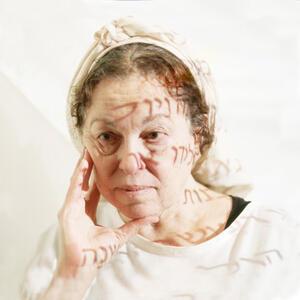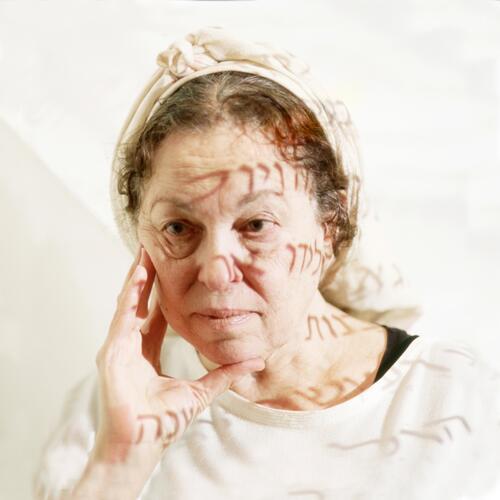One of Judaism's great strengths is that it has maintained its roots in sacred texts and traditions over thousands of years, while also constantly changing and adapting to new conditions and communal needs. The last three hundred years have witnessed tremendous changes in Jewish life and practice, as Jews around the world have responded to the challenges and opportunities of the modern world, creating new movements (Reform, Conservative, Modern Orthodox, Reconstructionist, Renewal, and Hasidic), new liturgy, and new scholarship.
In the twentieth century, many of the creative developments in Jewish ritual, prayer, and scholarship have been led by Jewish women, searching for ways to engage fully with and to reshape the tradition. In the early 1900s, some bold women fought for equal representation in and access to Jewish life, insisting, for example, on saying Kaddish for a parent or studying at the rabbinic seminaries of the Reform and Conservative movements. In the 1970s, women who had been active in the American feminist movement, which was experiencing a revival at that time, began to apply their new feminist insights to their experiences in the Jewish community. Realizing that they often felt excluded from full participation in Jewish life, they created a Jewish feminist movement to help make Judaism and the Jewish community more inclusive.
Jewish feminism's wrestling with God and Jewish tradition has taken many forms. Some women, like the group Ezrat Nashim (the name for the women's section of a synagogue, which can also be translated as “help of women&rdquo), focused on women's access to public ritual roles, such as inclusion in a minyan (prayer/ritual quorum) and acceptance to rabbinical school (rights they won in the Conservative movement in 1973 and 1983 respectively). Orthodox feminists developed other innovative ways for women to participate in Jewish practice, such as the creation of women's tefilah (prayer) groups in which women lead prayers and read from the Torah but omit prayers that require the presence of a minyan (traditionally, ten men). Recently, Orthodox women looking for opportunities to become spiritual and religious leaders helped to found Yeshivat Maharat, an institution which ordains Orthodox women as Jewish clergy. Women's tefilah groups and institutions like Yeshivat Maharat have become increasingly widespread, offering Orthodox women the opportunity to develop new prayer skills and to participate more fully in the ritual life of their community.
Jewish feminists have also struggled to make sure that Judaism includes their voices, questions, and perspectives. In the 1970s, women began to address publicly the fact that many traditional Jewish texts—the legal writings of the rabbis and Jewish prayerbooks—were all written by men. They pointed out that the experiences of half of the Jewish population were absent from the official record of Judaism. To address this imbalance, feminists began to create their own midrashim—creative interpretations of traditional texts. Some of these midrashim took the form of traditional commentaries, while others are conveyed through the use of different forms of media, such as poetry, fiction, or visual art—like Helène Aylon's "Self Portrait" pictured above. (View the Go & Learn guide on creating midrash.)
Women have also developed new rituals to expand Jewish tradition and provide women and girls with opportunities for meaningful Jewish experiences. The most obvious example of such innovations is the bat mitzvah, first held in 1922 and a widespread practice since the 1970s. Feminists have also developed ceremonies to mark experiences specific to women, such as childbirth and menstruation. In addition to creating new rituals, some Jewish women have re-embraced rituals and holidays traditionally considered part of women's religious practice, such as the mikvah (ritual bath) and Rosh Hodesh (new moon/new month) celebrations, finding in them rich opportunities for female spiritual expression. (View the Go & Learn guide on the evolving tradition of bat mitzvah.)
Like the biblical Jacob, Jewish feminists have wrestled with God—specifically, with traditional depictions of God as a man. Since the Torah states that men and women are created in the image of God (Genesis 1:27), this male depiction of the Divine seems too narrow. In the 1970s and 80s, some women began to experiment with changing the language of prayer so that it would reflect more inclusive, and in some cases, more feminine, images. This creative approach to God-language and prayer has had a strong influence even on mainstream American siddurim (prayer books).
Jewish feminism, now more mainstream than it was thirty years ago, continues to uphold the delicate balance between tradition and innovation and to make important contributions to the shape of American Judaism. It provides a modern framework in which to continue the age-old Jewish practice of wrestling with God and Jewish tradition.




